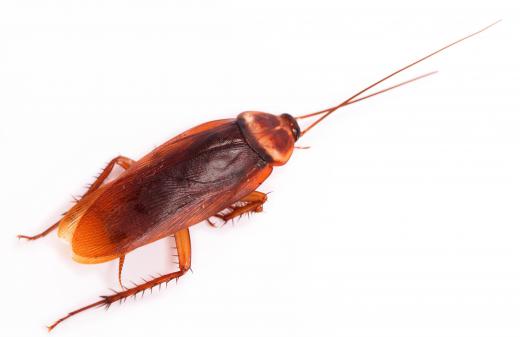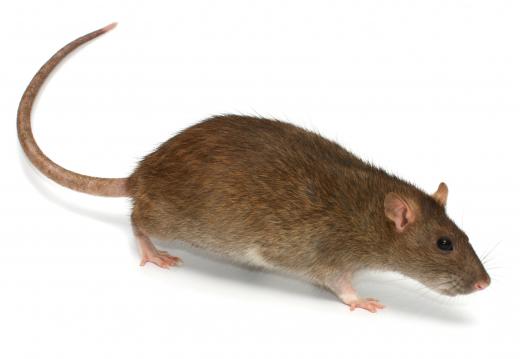What is Urban Ecology?
 Mary McMahon
Mary McMahon
Urban ecology is the study of the urban environment and the complex interactions and relationships which occur within it. Over half of the human population lives in cities, with many humans living in megacities of epic scale, making urban ecology a topic of intense interest. Many organizations which conduct urban ecology research do so with the goal of building healthier, safer, and more beautiful cities, although urban ecologists can also take on a less judgmental role, simply collecting and presenting data and allowing other people to draw their own conclusions from it.
Established urban environments are fascinating ecosystems which are teeming with life. A single street can yield a broad assortment of organisms and a series of complex relationships, with animals like rats and cockroaches feeding on garbage, chemical reactions occurring between sunlight and vehicle smog, grass struggling to survive in the cracks of the sidewalk, and humans manipulating the environment at every turn. When urban ecology is expanded to an entire city, researchers can study the urban landscape, look at how streets are laid out and how traffic behaves, and explore the pockets of natural life in parks and gardens found in most cities.

Urban ecologists are also interested in urbanizing and transitioning areas. When cities spread out, they bring a variety of changes with them. Urban ecology can chart and track these changes, looking at how the land changes and what the impact or urbanization is. Urbanization can be both good and bad, depending on the perspective one views it from; a city might, for example, pave over a river, damaging an aquatic ecosystem, but it would also build structures which create housing for humans and habitat for a host of other organisms, from the bacteria on the kitchen sink to the feral cats in the allies.

The urban ecosystem is influenced by a huge number of factors, and it is markedly different from the surrounding environment. Cities tend to be warmer than the surrounding area, and studies of urbanization have shown how temperatures climb as cities sprawl, and cities may also develop their own weather patterns and other ecological phenomena. The study of urban ecology involves learning as much as possible about this ecosystem, the many elements in balance within it, and what life is like for the organisms which dwell in it.

Urban ecologists can do everything from monitoring a patch of a city for several years to watch the ecosystem evolve and change to making policy recommendations which are designed to improve conditions in a city. Major development may be accompanied by consultations with an urban ecologist who provides suggestions which will make the development a healthy addition to the ecosystem, rather than a negative one, and these suggestions may also include techniques for making the development more efficient and more pleasant to live or work in.
AS FEATURED ON:
AS FEATURED ON:













Discussion Comments
@bythewell - There might be problems with bringing trees and gardens into cities, but they are nothing that people can't solve and there are a lot of benefits to them as well.
My city recently established a kind of cultivated swamp area right on the waterfront where you can go and enjoy watching the ducks and swans. It looks lovely, but it also serves to filter the waste water of the city that goes out to the ocean and might otherwise be quite polluted.
It's a great example of how to make the processes of nature solve problems rather than cause them.
@pastanaga - The problem with including a lot of trees and things in urban planning is that they are an ongoing chore for the city. Most trees are going to shed their leaves at some point and may drop flowers or fruit as well. They can attract animals that have diseases like rabies and they can break up concrete with their roots or pose a safety hazard during bad weather.
Any standing water, like a pond or fountain, might seem animal friendly, but it also provides a breeding area for mosquitoes, again potentially spreading disease. And parks need constant maintenance for safety as well.
I don't even think it can really qualify as an ecosystem, since urban areas are so micro-managed by people. I don't think it's a system so much as just a bunch of elements that don't really work together.
I am so fascinated by urban ecology and how it changes according to different influences. I was always an animal lover as a kid and would try to nurse birds with broken wings or raise caterpillars in ice cream containers.
I prefer a city where a diversity of wildlife is encouraged with lots of trees and parks around and I think that's better for people as well.
Post your comments